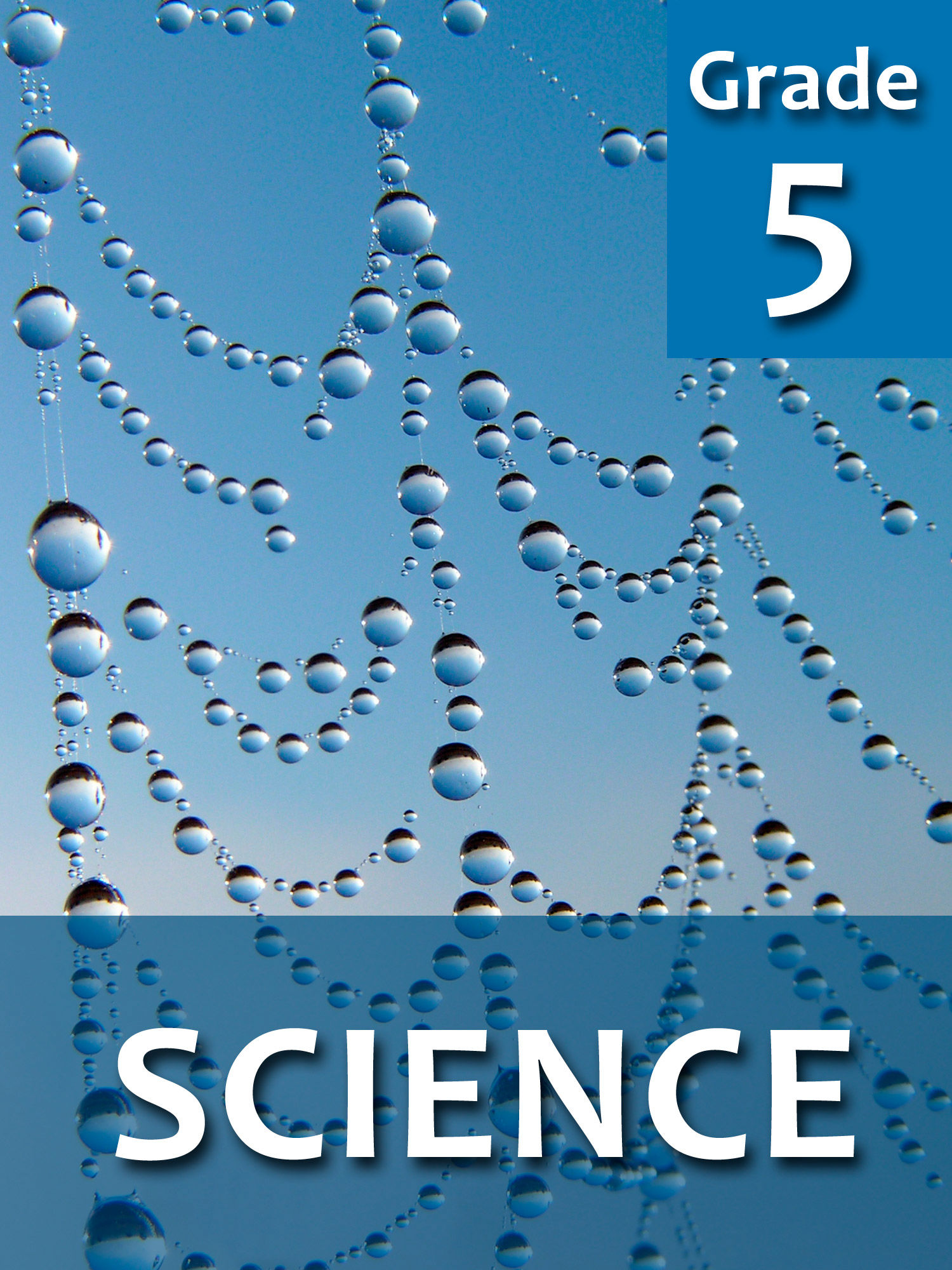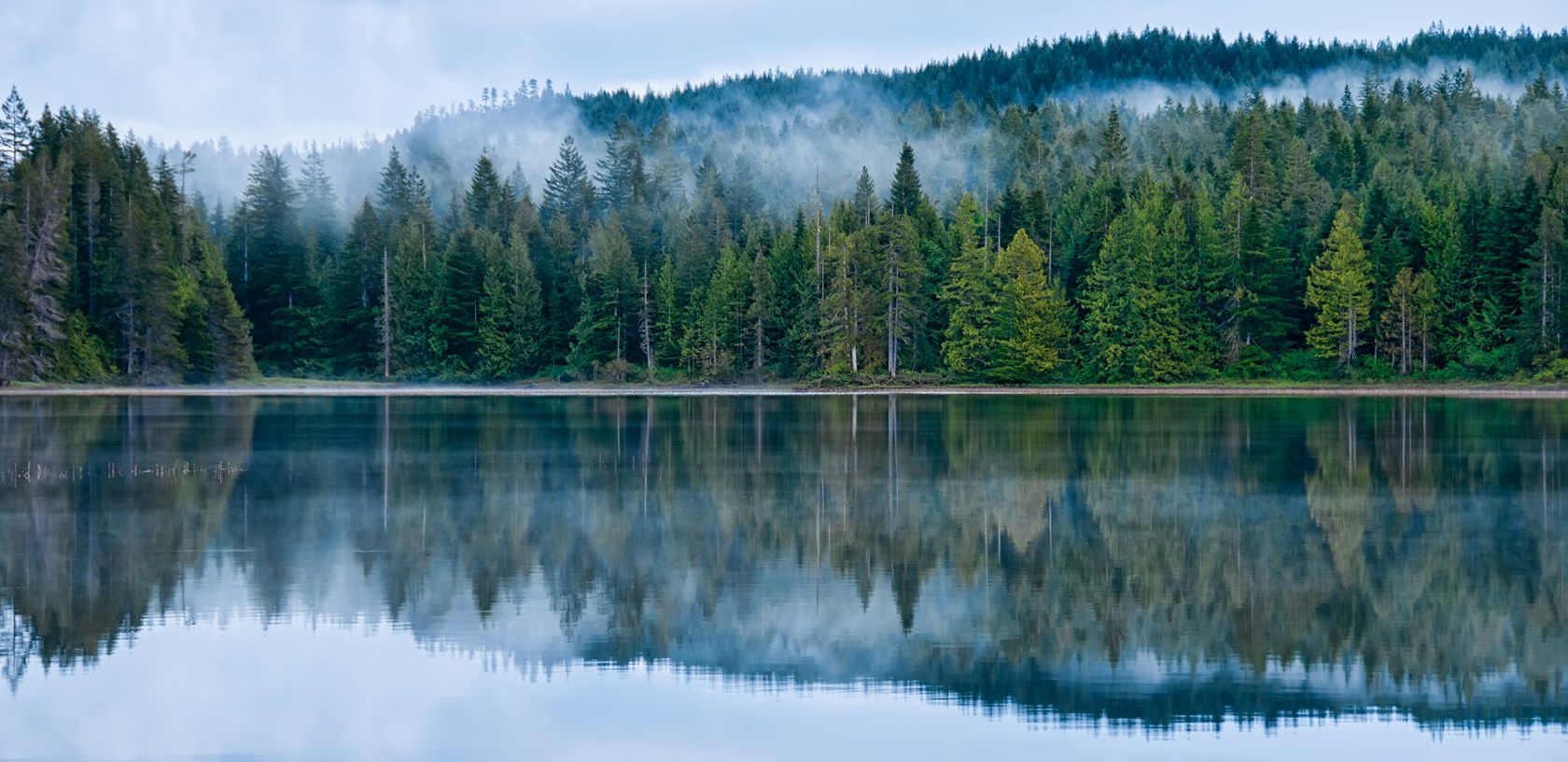
Tekijät
Kersti Jankovski, Rein KuresooTehtäväkokoelman tekijät
Kersti Jankovski, Rein Kuresoo, Tiia KuresooKustantamo

-
Oppimateriaali sisältää 52 lukua ja 486 tehtävää, joista 228 sijaitsee kirjan luvuissa ja 258 opettajan tehtäväkokoelmassa.
-
Tekijät
Kersti Jankovski, Rein Kuresoo -
Tehtäväkokoelman tekijät
Kersti Jankovski, Rein Kuresoo, Tiia Kuresoo -
Aine
Luonnontiede -
Luokka
5. luokka -
Teoksen kieli
Englanti -
Kustantamo
Avita -
Opetussuunnitelma
Valtakunnallinen opetussuunnitelma 2011 -
Kuuluu paketteihin
The textbook corresponds to the current national curriculum, and its volume is 70 subject lessons.
The e-textbook combines the textbook published in 2012 and the material of the two-part workbook, which has been supplemented and improved. Like a paper textbook, an e-textbook is divided into topic blocks consisting of chapters. Each chapter begins with introductory questions and ends with a summary and revision of new concepts.
In the 5th grade, the properties of water are studied, and the importance of water for humans and other organisms is discussed. Rivers and lakes and the Baltic Sea and its biota will be explored. The composition of the air is studied, as well as the weather and the most important weather elements. The recommended division of topics into classes presented in the curriculum of the II school level has not been followed precisely; the topics have been realigned to achieve a better structure and a logical sequence of topics. For this reason, the textbooks in grades 5 and 6 should be considered as a single set.
More photos and illustrations have been added to the e-textbook to make the text easier to understand. In addition to the chapter text and the illustrative material, there are also questions and tasks that help the student remember what has been read and check the text's comprehension.
Each chapter has a set of tasks from which the teacher can assign tasks individually or to the whole class for homework, classwork or grading. There are tasks for developing creativity, critical thinking as well as independent work. The answers to all the tasks can be checked and evaluated by the teacher. In the case of fact-based tasks, the teacher is also given the correct answers.
Both teachers and students can supplement the e-textbook with the necessary material. The teacher can also make the added material available to the students.
1. Water
2. Rivers and Lakes
Kirjanmerkki |
Luku |
|---|---|
| 2.1. | River Systems |
| 2.2. | Water Feeds the River |
| 2.3. | The Course of a River |
| 2.4. | Rivers are Diverse |
| 2.5. | Lakes |
| 2.6. | Lakes are Diverse |
| 2.7. | Properties of Lake Water |
| 2.8. | Adaptations of Aquatic Animals |
| 2.9. | Adaptations of Aquatic Plants |
| 2.10. | Water Bodies as Ecological Communities |
| 2.11. | Lake Plants |
| 2.12. | Many Invertebrates Live in Lakes |
| 2.13. | Vertebrates in Lakes |
| 2.14. | River Plants |
| 2.15. | River Animals: Invertebrates and Fish |
| 2.16. | River Animals: Mammals and Birds |
3. Air
Kirjanmerkki |
Luku |
|---|---|
| 3.1. | Air and Air Composition |
| 3.2. | Properties of Air: Air Temperature |
| 3.3. | Properties of Air: Air Pressure |
| 3.4. | Air Pressure and Wind |
| 3.5. | Oxygen |
| 3.6. | Air and Plants |
| 3.7. | Air and Animals |
| 3.8. | Air Pollution and Protection |
| 3.9. | Weather |
| 3.10. | Weather Elements: Air Temperature |
| 3.11. | Weather Elements: Speed and Direction of Wind |
| 3.12. | Weather Elements: Clouds |
| 3.13. | Weather Elements: Precipitation |
| 3.14. | Climate |
4. The Baltic Sea
Kirjanmerkki |
Luku |
|---|---|
| 4.1. | The Baltic Sea |
| 4.2. | Water in the Baltic Sea |
| 4.3. | Weather and the Baltic Sea |
| 4.4. | Sea and Human Activity |
| 4.5. | Plants and Algae in the Baltic Sea |
| 4.6. | Fish of the Baltic Sea |
| 4.7. | Invertebrates and Mammals of the Baltic Sea |
| 4.8. | Seabirds |
| 4.9. | Islands and Coastal Plants |
| 4.10. | Pollution and Protection of the Baltic Sea |
5. Extras
Kirjanmerkki |
Luku |
|---|---|
| 5.1. | Nature Diary |
| 5.2. | Important Terms |
| 5.3. | Impressum |



